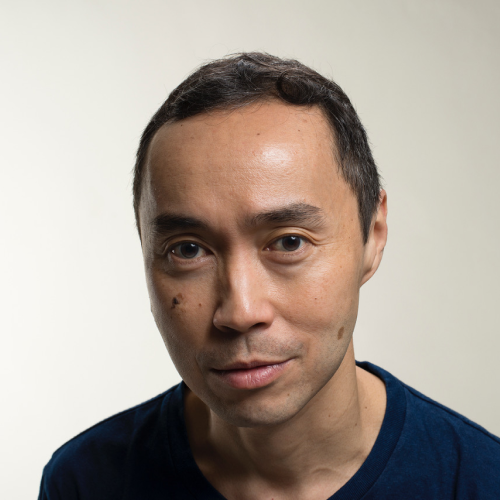Light Itself

When I think of the landscapes I have known – of my childhood, the various places I’ve lived as a teenager and an adult – they seem simultaneously to recede into the distance and grow more vivid than ever. Recently I was in the village where I grew up, which I had not visited in two decades. Every detail was as I remembered: the patches of black moss spreading across the walls of the old houses, the soupy richness of the light in the hour before sunset; yet I appreciated everything at one remove, separated from my past by migrations in space and time—as if I had wandered onto the set of a film of my life. It was only when I was back in my current home, thousands of kilometres away, that the old village seemed real again, my recollections of it unfettered from the act of seeing and recording in real time.
[Standing in front of Siemon’s paintings,] I think of the way memory, particularly of place, works in a layered and shifting fashion. We believe in our ability to capture our surroundings with an orderly precision, but can the corporeal sensations of the past be assessed with cartesian clarity? We cannot be certain of the light, for example, whose inflections are so minute and varied; we cannot anticipate if it comes back to us tentatively, or with magnificent clarity.